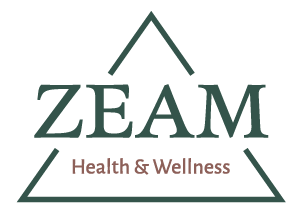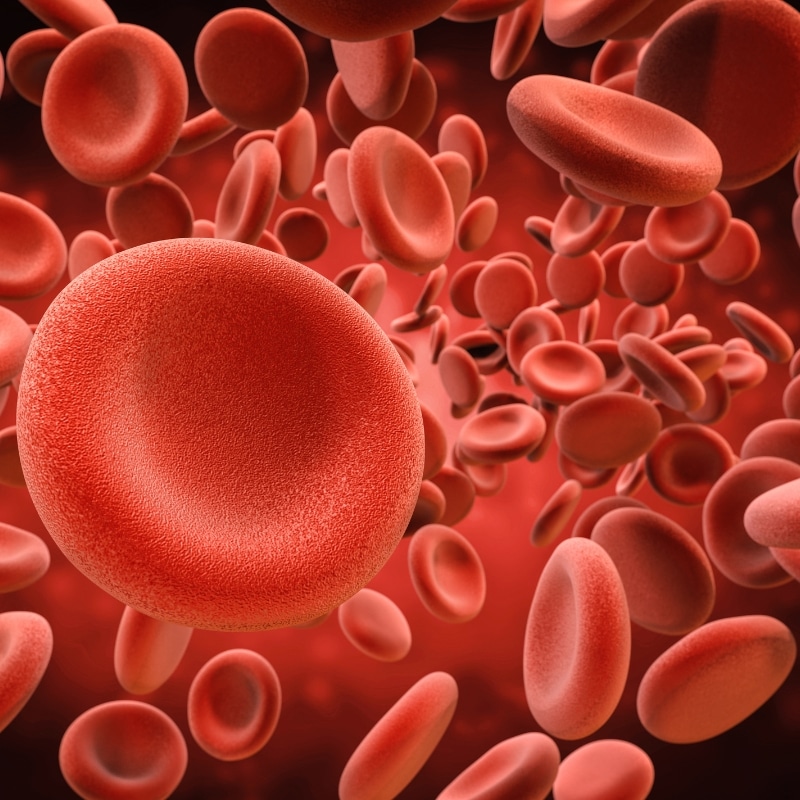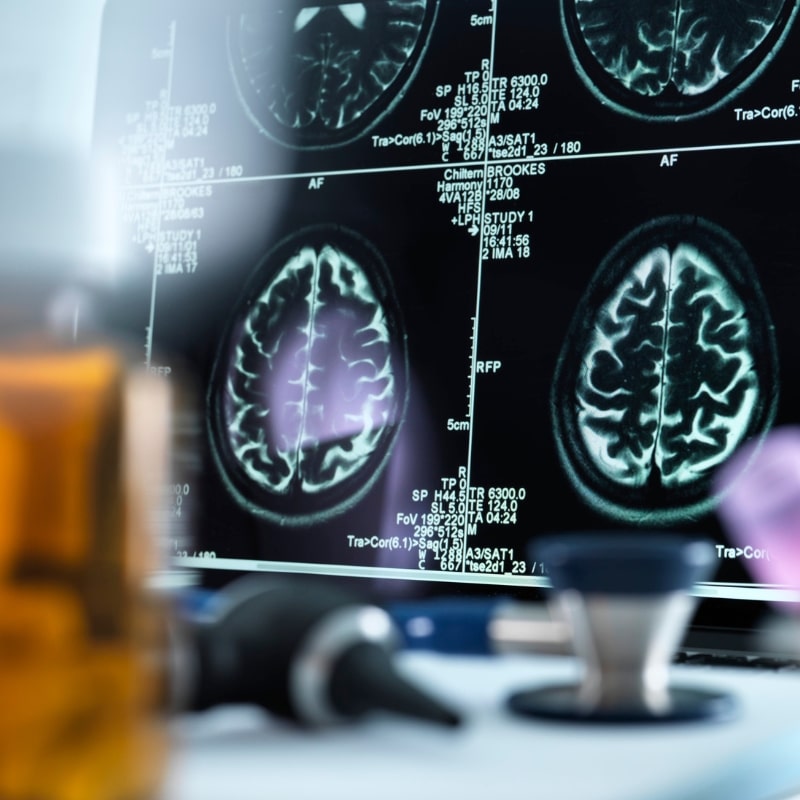Post-traumatic stress disorder doesn’t always respond to the usual treatment path. For many patients, talk therapy and antidepressants aren’t enough. A recent study, however, offers new hope. Researchers found that when intravenous ketamine was paired with a psychedelic-style therapy setting, it significantly reduced symptoms in people living with treatment-resistant PTSD.
At Zeam Health & Wellness, we offer this treatment at our locations in Sacramento, Folsom, and Roseville. This blog covers what the research says and how we use it to support our patients through personalized, integrative care.
Why Does PTSD Often Resist Traditional Treatment?
PTSD can develop after experiencing or witnessing trauma. It changes how people feel, think, sleep, and connect with others. Symptoms like flashbacks, nightmares, panic, and emotional numbness can persist for years or even decades.
Most treatment plans start with therapy, especially cognitive behavioral therapy (CBT), and medication. But for many patients, these treatments either take too long to work or never really help at all. Antidepressants can take weeks to kick in, and they often bring unwanted side effects. Even therapy, which is deeply valuable, may not break through when someone is stuck in survival mode.
This is what researchers call “treatment-resistant PTSD.” It’s more common than you might think, and it’s why there’s been so much interest in alternative methods like ketamine therapy.
Inside the Study: How Ketamine Was Used
The study, published in the Journal of Psychopharmacology, followed 117 patients with treatment-resistant PTSD. Each person received an average of five IV ketamine infusions at a clinic that specializes in psychedelic-assisted therapy.
However, the setting wasn’t clinical in the traditional sense. Patients were prepared before their infusions with therapist-led discussions to set intentions. During the infusions, they wore eye masks and listened to evocative music to limit distractions and guide inner reflection. After each session, they processed their experiences in integration therapy.
Researchers tracked their PTSD symptoms using a standardized tool called the PCL-5 checklist. The results were striking. At the start, patients had an average score of 52.54, indicating significant distress. By the end, the average dropped to 28.78. That’s a major reduction. Even more importantly, 62% of patients no longer met the criteria for PTSD at all.
Some felt relief in just two weeks. Others sustained improvements for months. The best outcomes came from combining ketamine with talk therapy. This suggests that ketamine works best as part of a larger mental health plan, not on its own.
What Makes Psychedelic-Style Therapy Different
The environment makes a difference. Psychedelic therapy isn’t about taking a substance and waiting for it to work. It’s about intention, support, and meaning. Patients are guided through their experience and not left to navigate it alone. The psychedelic-style model includes three stages: preparation, dosing, and integration.
In preparation, patients meet with therapists to explore expectations and create a safe mindset. During dosing, they’re encouraged to look inward, even if the experience becomes difficult or surreal. Integration often takes place after treatment. It helps patients apply insights from the experience to their everyday lives.
Research shows that these supportive settings amplify the benefits of treatments like ketamine. They help patients relax deeply held beliefs that may be fueling their PTSD symptoms, offering space for healing and new perspectives.
At Zeam, we use this same three-part framework to guide ketamine therapy at our Sacramento, Folsom, and Roseville clinics.
The Role of Ketamine in Psychedelic Psychotherapy
Ketamine shares properties with other psychedelics, even though it works a little differently. While classic psychedelics like psilocybin and MDMA primarily interact with serotonin receptors, ketamine acts as an NMDA receptor antagonist. It disrupts usual brain patterns, often producing dissociation, visual distortions, or intense introspection.
However, what really matters is how it affects the brain’s thought loops. PTSD often traps people in rigid mental frameworks. These are deeply held fears or beliefs that keep them stuck. Ketamine helps relax those mental patterns, giving the brain a window to rewire. When paired with integration therapy, this shift can translate into real-world healing.
Other psychedelics, like MDMA and psilocybin, are showing similar promise. However, unlike those substances, ketamine is already legal and available through licensed providers. That makes it a practical and scalable option for treatment-resistant PTSD.
Addressing Safety and Health Considerations
One question we hear often is, “Is ketamine safe?” The short answer is yes, especially in a clinical setting. In the study we mentioned earlier, no serious side effects were reported. Most people experienced mild and short-lived effects, such as dizziness, nausea, or temporary dissociation.
Another common concern is blood pressure. Ketamine can cause brief spikes in blood pressure during infusions. However, these increases are usually small and don’t require intervention. A large clinical review noted that even when systolic pressure temporarily exceeded 165 mmHg, patients rarely showed signs of true hypertensive emergencies.
Guidelines are evolving, too. Emergency medicine specialists now recommend monitoring patients for serious symptoms rather than reacting to numbers alone. At Zeam, we follow best practices to ensure every patient is safe, comfortable, and supported before, during, and after treatment.
Why This Matters for Our Approach at Zeam
The findings from this study echo what we see in practice. When ketamine is delivered with care and intention, it can help people heal where traditional approaches have fallen short. The immersive therapeutic setting is key. It helps patients make sense of what comes up during treatment and use it to move forward.
Our integrative model at Zeam is built on this understanding. We don’t just administer ketamine—we build a full treatment experience around it. From preparation to integration, our clinicians guide each patient through the process with compassion and clinical expertise.
We also make it accessible. This service is available at all three of our clinics in Sacramento, Folsom, and Roseville, so patients can receive care close to home without sacrificing quality.
Are You Ready to Take the Next Step?
Treatment-resistant PTSD is incredibly hard to live with. However, this study shows there is real, research-backed hope for healing. At Zeam Health & Wellness, we bring that hope into action with ketamine-assisted psychotherapy in a safe, supported setting.
If you or someone you love is struggling with PTSD, we’re here to help. Reach out to schedule a consultation at our Sacramento, Folsom, or Roseville clinic.




